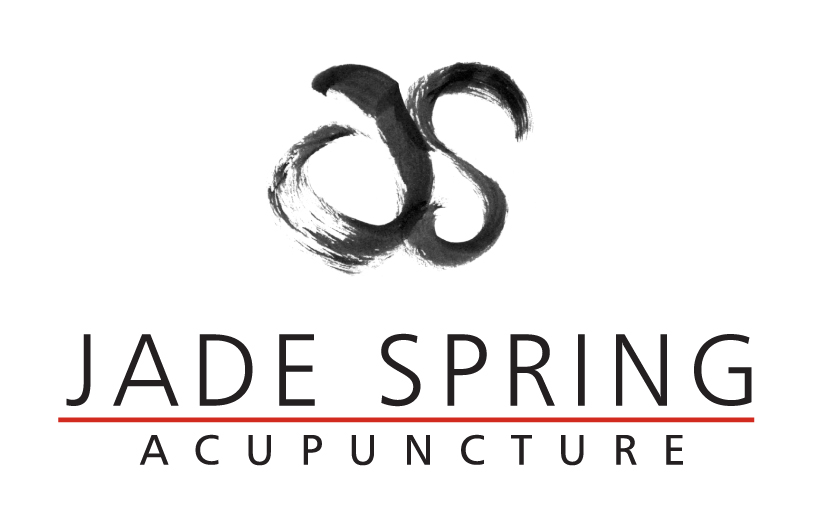Fats: the good, the bad, and the untold story
Triglycerides (commonly known as fats) have gotten a lot of bad press because high levels have been linked to atherosclerosis, heart disease and stroke. As a result, the ‘fat-free’ food industry has boomed, but there hasn’t been much talk about the fact that healthy fats provide an important function in our bodies and are necessary for energy storage and as cell building blocks.
'Low fat' or 'fat-free' foods are highly processed, and eating a diet high in this type of food can create cellular deficiencies.
On the flip side, eating too much saturated fat leads to elevated cholesterol and many other health problems.
So what is the full story? And how do we create balance in our diet to ensure optimal health?
What function does fat serve?
The triglycerides we take into our bodies have to be broken down into their fatty acid and glycerol parts to be absorbed by the small intestine. Once absorbed they are rebuilt to provide a potential energy source. They can be stored in the liver or in fat cells, and will be broken down when glucose levels are low to provide fuel to our bodies.
Further, the fatty acid components of triglycerides are important in the formation of cell membranes, and are precursors to cholesterol formation. Cholesterol in turn is an important building block for steroid hormones, helps stabilize cell membranes, and is required for Vitamin D production.
So we absolutely need some fat in our diet (though it has to be the right kind, which is discussed below) because insufficient levels can interfere with energy reserves, hormone production and the synthesis of certain vitamins.
When triglycerides become a problem:
Notwithstanding their important functions, high levels of triglycerides can be detrimental to our health, and have been linked to atherosclerosis (hardening and narrowing of blood vessels). The problem with triglycerides is that in addition to ingesting them in the form of animal fats and vegetable oils, they are also produced in our bodies in response to excessive carbohydrate consumption.
The typical American diet provides lots of carbohydrates – in the form of refined, processed sugars, breads, and pasta – and lots of fats – in fried fast-foods and rich pastries. Hence it is very easy to end up with triglyceride levels that exceed what is considered normal (which is less than 150 mg/dL) and end up in the harmful range (200-500 mg/dL).
All fats are insoluble in water and have to be transported through the blood stream on protein carriers called lipoproteins. There are two types of these protein carrier molecules, one being LDL (low density lipoprotein) and the other HDL (high density lipoprotein). LDL is considered the ‘bad’ carrier, whereas HDL is ‘good’.
LDL specifically is linked to the formation of atherosclerosis because it has a tendency to build up in the blood stream and become “stuck” to arterial walls, thereby either completely or partially occluding blood flow and possibly leading to stroke or heart attack.
On the other hand, HDL is believed to be responsible for carrying triglycerides away from arteries to the liver thereby protecting against heart disease. When testing for triglyceride, levels of LDL and HDL are always checked too, since high triglyceride levels are usually associated with higher levels of LDL, whereas high levels of HDL are good.
How to stay healthy
There are two approaches to maintaining low triglyceride levels, namely through diet or by using pharmaceutical drugs. When treating high triglycerides with prescription medication, it is still important to make lifestyle changes and adopt a healthy diet.
Lifestyle changes will need to include regular exercise, no smoking and low amounts of alcohol. Diet changes need to include lots of fruits and vegetables, smaller amounts of high-carbohydrate or high-cholesterol foods, less red meat and trans-fats, and the inclusion of omega-3 fatty acids found in fish.
Two great home-remedies that have been found to be specifically helpful in lowering high levels of LDL are green tea and apples. The green tea should be a particularly bitter type and appears to lower total cholesterol while elevating HDL. A University of California, Davis study suggested that having two apples a day could slow the build up of arterial plaque by reducing LDL levels.
Acupuncture and Chinese herbal medicine are other great ways of reducing elevated cholesterol. While statins (cholesterol-lowering pharmaceutical drugs) have some very serious side-effects including muscle pain, nausea, diarrhea and constipation, Chinese herbal formulas don't have any of these side-effects and are much safer to take.
If you have been told that your cholesterol is too high, I would highly recommend giving Chinese medicine a try before deciding to go on statin drugs. Even if you don't like the idea of being stuck with needles, you could come in just for an herbal consult. Call me if you want to give it a try.



